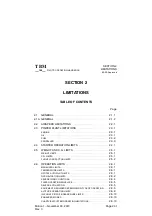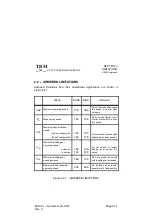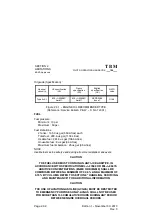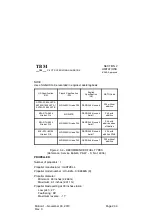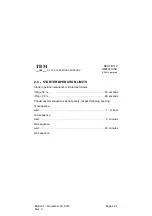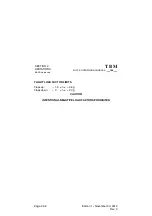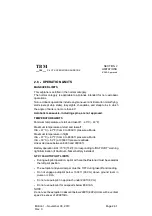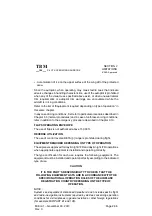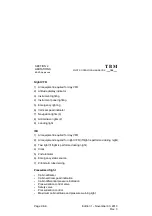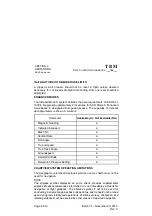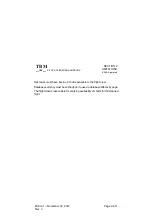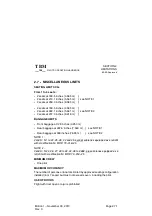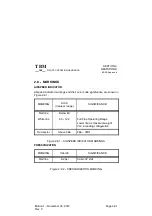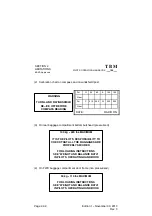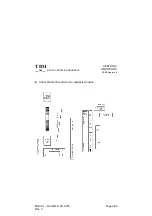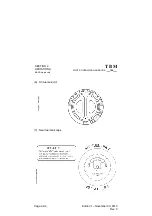
TBM
PILOT’S OPERATING HANDBOOK
700
SECTION 2
LIMITATIONS
EASA Approved
Page 2.6.4
Edition 1 -- November 30, 2010
Rev. 0
Instrument approach (Non precision approach)
Use of the GPS to perform an instrument approach is possible, as long as this
use is approved by the air navigation local authority for the approach in
question.
Instrument approaches performed with the GPS must be executed according
to approved approach procedures given in the GPS data base. The data
base must be kept up to date and base data accuracy checked with regard to
the official documentation, preferably before the flight.
a) GPS/RNAV instrument approaches must be performed in GPS approach
mode and the RAIM must be available at the final approach fix (FAF).
b) Precision approaches (ILS, LOC, LOC--BC, MLS ...) must not be
performed with the GPS.
Instrument approaches can only be performed, as long as used point
coordinates are referenced with regard to WGS 84 system or an equivalent
system.
SEVERE ICING CONDITIONS
WARNING
SEVERE ICING MAY RESULT FROM ENVIRONMENTAL CONDITIONS
OUTSIDE OF THOSE FOR WHICH THE AIRCRAFT IS CERTIFICATED.
FLIGHT IN FREEZING RAIN, FREEZING DRIZZLE, OR MIXED ICING
CONDITIONS (SUPERCOOLED LIQUID WATER AND ICE CRYSTALS)
MAY RESULT IN ICE BUILD--UP ON PROTECTED SURFACES
EXCEEDING THE CAPABILITY OF THE ICE PROTECTION SYSTEM,
OR MAY RESULT IN ICE FORMING AFT OF THE PROTECTED
SURFACES. THIS ICE MAY NOT BE SHED USING THE ICE
PROTECTION SYSTEMS, AND MAY SERIOUSLY DEGRADE THE
PERFORMANCE AND CONTROLLABILITY OF THE AIRCRAFT
During flight, severe icing conditions that exceed those for which the aircraft
is certificated shall be determined by the following visual cues. If one or more
of these visual cues exists, immediately request priority handling from Air
Traffic Control to facilitate a route or an altitude change to exit the icing
conditions.
-- Unusually extensive ice accumulation on the airframe and windshield in
areas not normally observed to collect ice.

